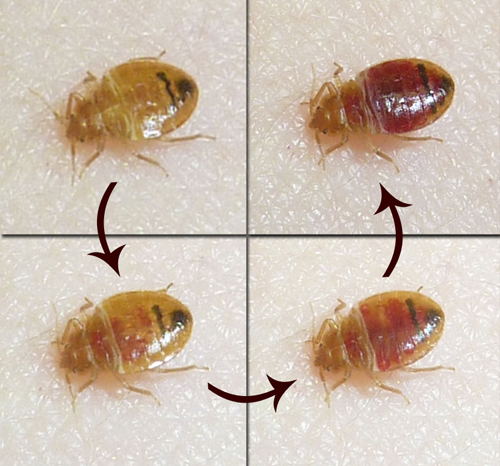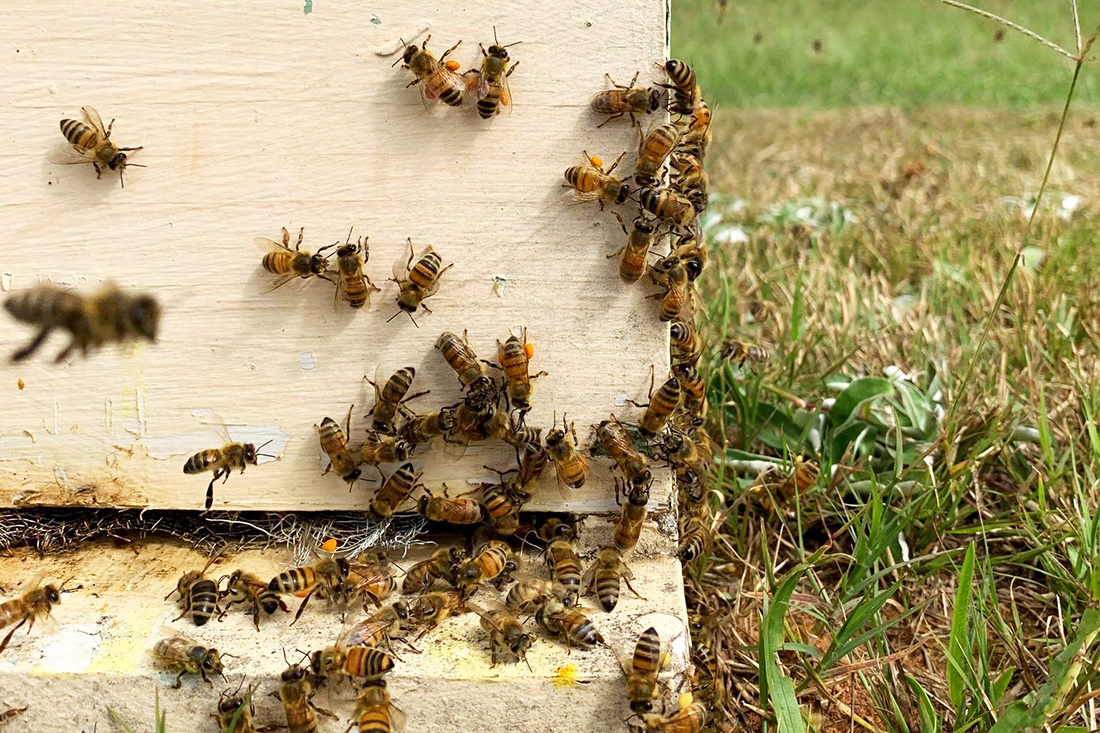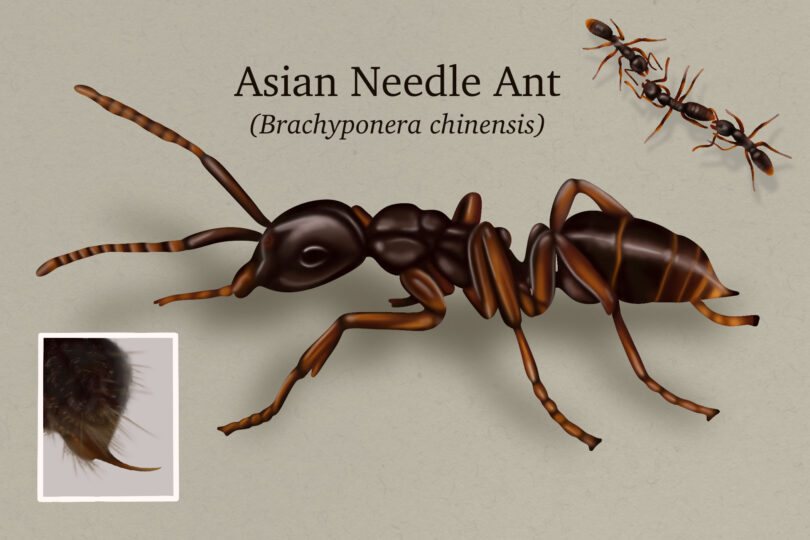A bed bug feeds on Lisa Ames’ left arm. Every 30 seconds, Ames pops off a photograph with the camera she precariously holds in her right hand. Strange? Maybe, but it’s all in the name of science.
An entomologist with the University of Georgia College of Agricultural and Environmental Sciences, Ames wanted to know firsthand what it felt like to be a bed bug’s buffet.
“I took five pictures from the time it started feeding until it was blown up and full,” she said. “It only took two minutes. They are quick little critters.”
Most people don't have a reaction
Bed bug bites swell and itch like a mosquito or flea bite. They can be random or appear in a straight line. Ames is among the lucky few that don’t suffer a reaction from a bed bug bite.
“Only about 5 percent of people who are bitten have a reaction,” Ames said. “The good news is, unlike mosquitoes that can carry yellow fever and malaria, bed bugs don’t transmit diseases.”
According to the Centers for Disease Control and Prevention, people can experience a mild to severe allergic reaction following a bed bug bite. Scratching the bite can lead to skin infections like impetigo, ecthyma and lymphanigitis. In the worse cases, it can cause anaphylaxis, or a dangerous whole body reaction. They can also cause anxiety and insomnia, too.
According to a CDC fact sheet, bedbugs inject an anesthetic and an anticoagulant that prevents a person from feeling the bite. Because bites usually occur while people are sleeping, most people don’t realize they have been bitten until marks appear.
They're super tiny
Bed bugs (Cimex lectularius) are reddish-brown, small, flat wingless-insects that range from 1 to 7 millimeters in length.
“They’re fairly small and remind me of half a grain of orzo pasta,” Ames said. “To me, they start out kinda flesh-colored and turn red as they feed.”
On the UGA campus in Griffin, Ga., Ames has received a half dozen specimens, or dead bed bugs, for confirmation this year.
Bed bug populations dropped dramatically during the mid-20th century, but the United States is one of many countries now experiencing an alarming resurgence. Ames believes the return may be linked in part to increased resistance of bed bugs to available pesticides.
“They started making a comeback in Europe a few years ago, but with the global economy, people travel and bring them to the U.S.,” she said.
Catch a ride on luggage and furniture
Bed bugs stowaway and hide in the seams and folds of luggage, overnight bags, folded clothes, bedding and furniture. Ames says rumors that bed bugs hitchhike into the U.S. on clothes imported from China are false. “You won’t find bed bugs just hanging around in new clothes in department stores,” she said.
Bed bugs are more attached to a place than a thing. “They may be in your hotel room and crawl into your luggage,” she said. “Or, they are in someone else’s carry-on bag and crawl into your bag.”
Follow tips to prevent bringing them home
To lower the chances of getting bed bugs, UGA entomologist Paul Guillebeau offers the following tips:
• Check hotel beds for signs of bed bugs. Pull back the sheets, and look around the cording at the top, bottom and sides of the mattress. If you see dark spots, ask for another room.
• If your hotel room has two beds, don’t use one bed as a luggage holder. “I used to sleep in one bed and put my things on the other bed,” he said. “Now, I hang my clothes in the closet so I don’t give bed bugs an opportunity to crawl into my bags.”
• Don’t buy or use old bedding, beds or mattresses. “It is extremely difficult to get rid of bed bugs that are living in sofas or mattresses,” he said. “I tried to donate a nice used mattress to Goodwill and they wouldn’t take it now. I now understand one of the reasons why.”
Homeowners who suspect they have bed bugs should call a pest control professional for confirmation and treatment.
“You have to know what you’re doing and know where they are hiding,” she said. “They could be in the electrical sockets, behind the baseboards, in the sofa or in a room near the bedroom. Unless you get all of them, they will just lay low and come back.”








